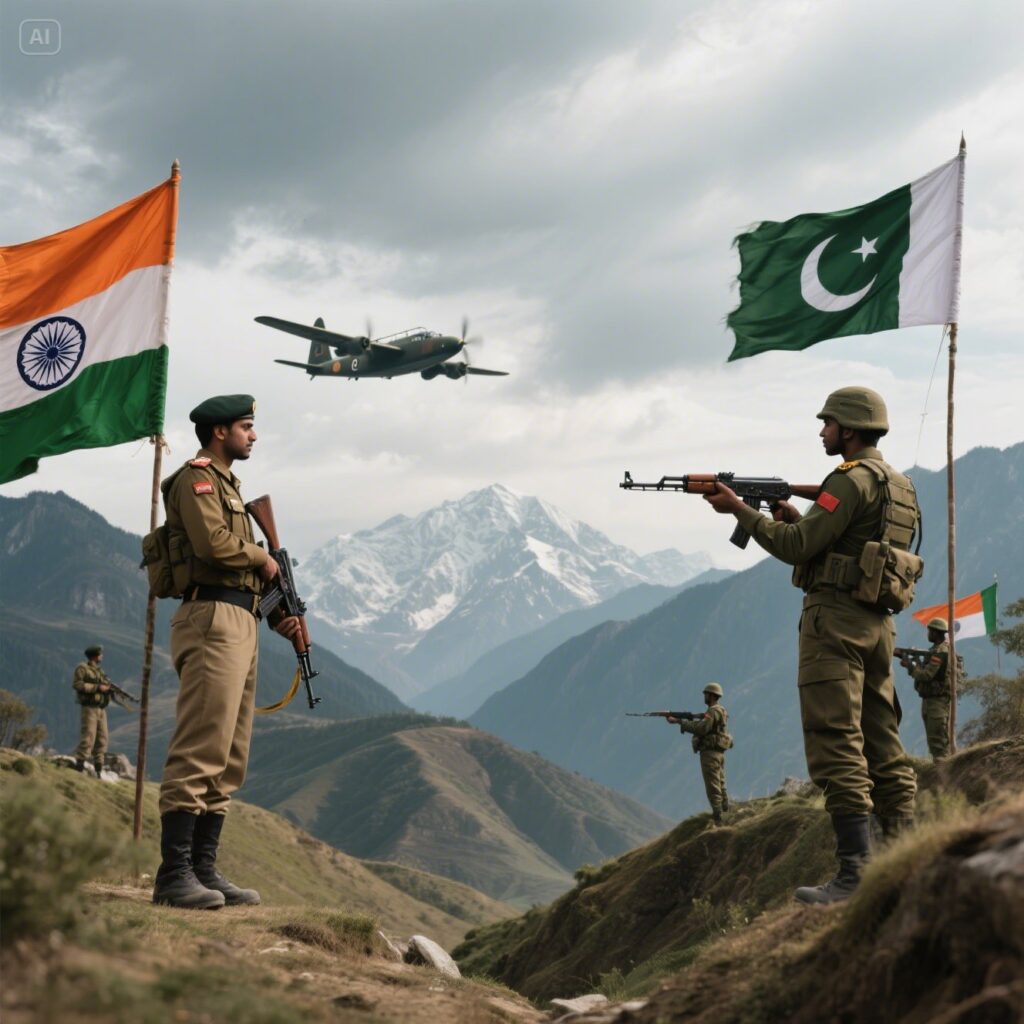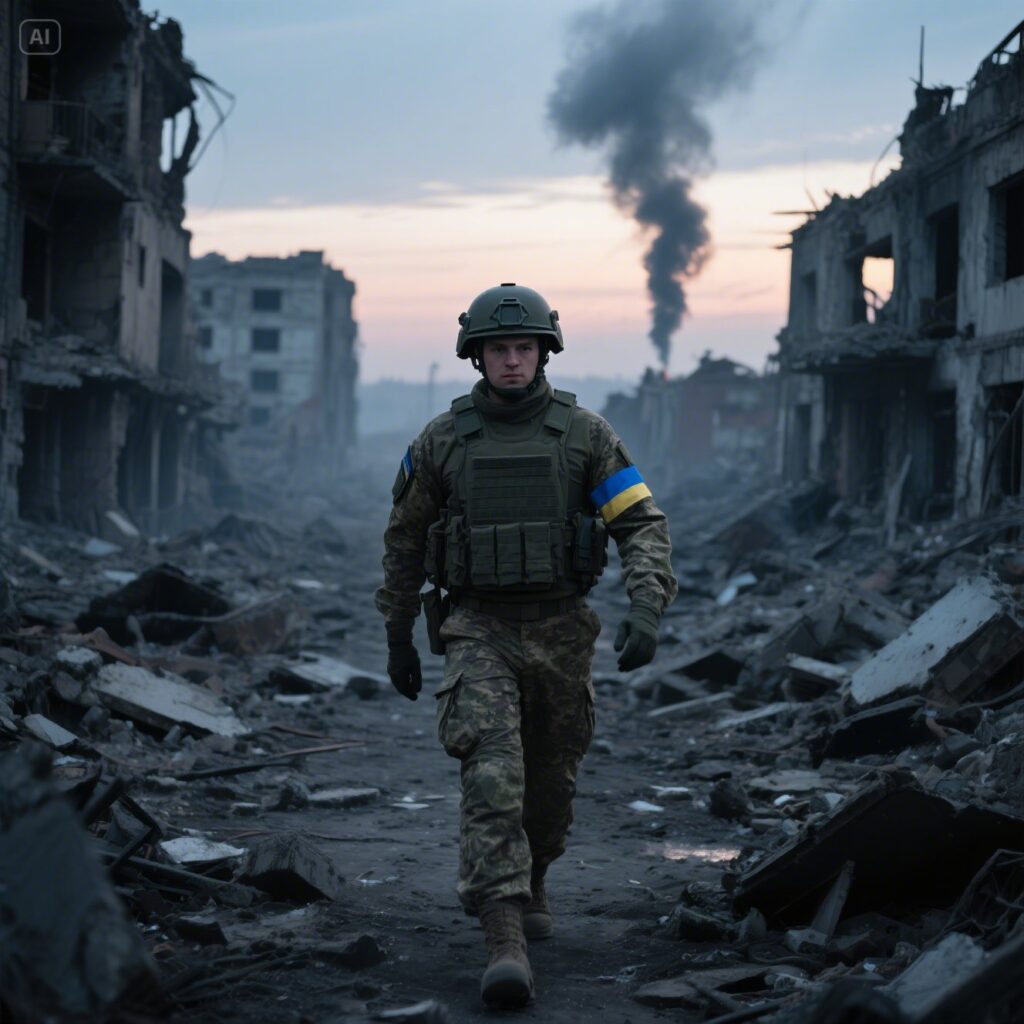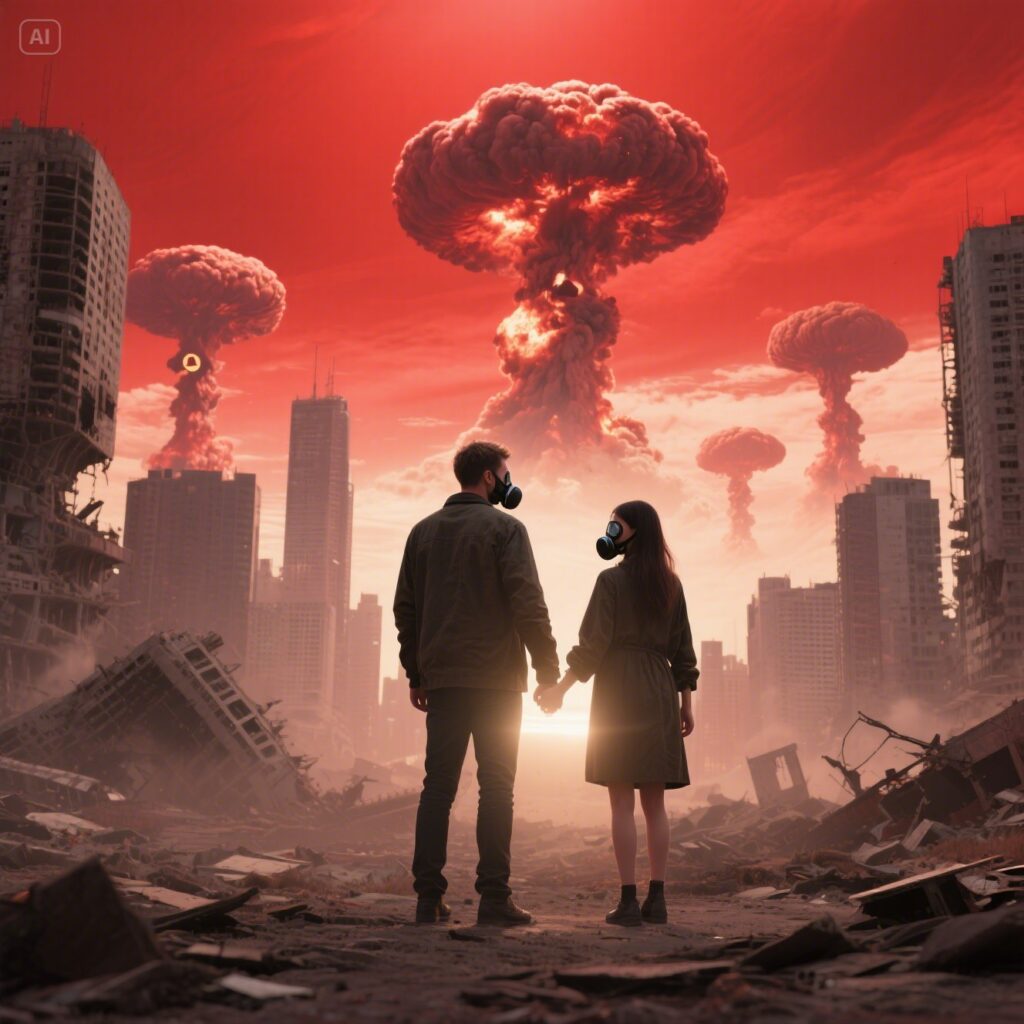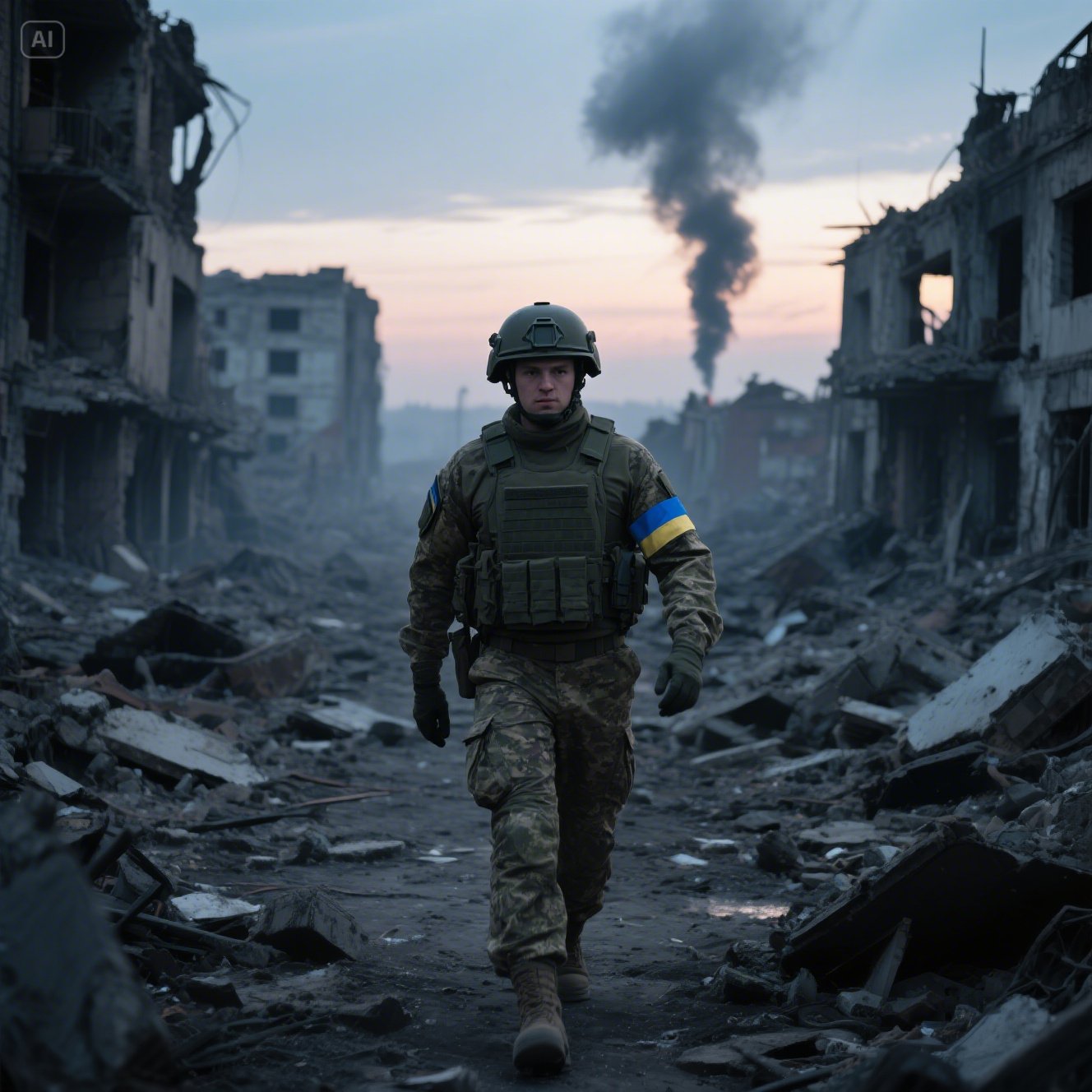The potential for nuclear war and World War III as seen through the Russian-Ukrainian war and the India-Pakistan armed conflict. Analyze future risks through scenarios of international community reaction and military alliance intervention.
1. In an age of unrest, the world is on edge

In April 2025, a terrorist attack in Pahalgam, Indian-administered Kashmir killed 26 civilians. In retaliation, on May 6, India launched Operation Sindoor, an airstrike on nine targets in Pakistan and Pakistan-administered Kashmir. Pakistan characterized it as an “unprovoked act of war” and declared immediate retaliation.
Meanwhile, the war in Ukraine is entering its fourth year, with fighting between Russia and Ukraine continuing. Ukraine has amassed three million artillery shells with Czech-led support, while Russia remains determined to control all of Ukraine.
Is there any chance that these conflicts could escalate beyond a mere regional conflict and into a world war?
2. Conflict escalation and escalation scenarios

A. Current developments in the Russia-Ukraine war and international reaction
The war in Ukraine is still raging. Ukraine has amassed 3 million artillery shells with Czech-led support, and Russia is still determined to take control of the entire country.
The international community has had mixed reactions to the war. The United States is scaling back its mediation role, and Europe is discussing forming its own peacekeeping force. However, there are also concerns that such a move could weaken NATO’s cohesion.
B. Analyze the historical background of the India-Pakistan conflict and recent armed conflicts
India and Pakistan have fought three wars since their partition in 1947, and the conflict over the Kashmir region is ongoing. Following a terrorist attack in April 2025, India launched airstrikes that targeted terrorist infrastructure in Pakistan. In response, Pakistan retaliated by shooting down five Indian fighter jets and claiming to have destroyed an Indian military base.
Both countries possess nuclear weapons, raising concerns about the potential for this military conflict to escalate into a nuclear war.
C. Analyzing the global risks of conflict between nuclear powers
Conflict between countries with nuclear weapons could lead to a global catastrophe. Experts estimate a 5% chance of nuclear war by 2045, with some estimates as low as 1%, but if even this low probability were to materialize, the damage would be unimaginable.
In particular, the conflict between India and Pakistan has the potential to escalate beyond a regional conflict into a global crisis. If the military conflict between the two countries escalates into a nuclear war, the aftermath would affect the entire world.
D. Possible intervention of military alliances (NATO, CSTO, SCO, etc.) and escalation scenarios
NATO continues to provide military support to Ukraine, with a Czech-led artillery assistance program, but a diminished U.S. mediation role and discussions of Europe forming its own peacekeeping force are raising questions about NATO’s cohesion.
Meanwhile, the CSTO is a Russian-led military alliance that has no direct involvement in the war in Ukraine, but has supported Russian military action. The SCO is a security cooperation led by China and Russia that emphasizes diplomatic efforts to prevent the spread of conflict.
The actions of these military alliances can either help prevent conflict from escalating or, conversely, ignite it.
3. Realistic outlook and expert opinion
While the current conflict is considered unlikely to lead to World War III or nuclear war, the risk cannot be ignored. Experts estimate the probability of a nuclear war at 1-5%, and if even this low probability were to materialize, the damage would be unimaginable.
Therefore, the international community should focus more on preventing the escalation of conflicts and seeking diplomatic solutions. Diplomatic mediation and negotiation, rather than military action, is the key to maintaining global peace.

4. Where are we headed now?
The current conflict is more than just a regional conflict, it has the potential to escalate into a global crisis. What choices do we make in these situations? Do we choose the path of war, or do we seek a path of peace and cooperation? The answer to this question is in the hands of all of us.
worldwar #nuclearwarrisk #RussiaUkraineWar #IndiaPakistanConflict
geopoliticalrisk #nato #csto #sco #nuclearpowerconflict #nuclearpowerconflict

